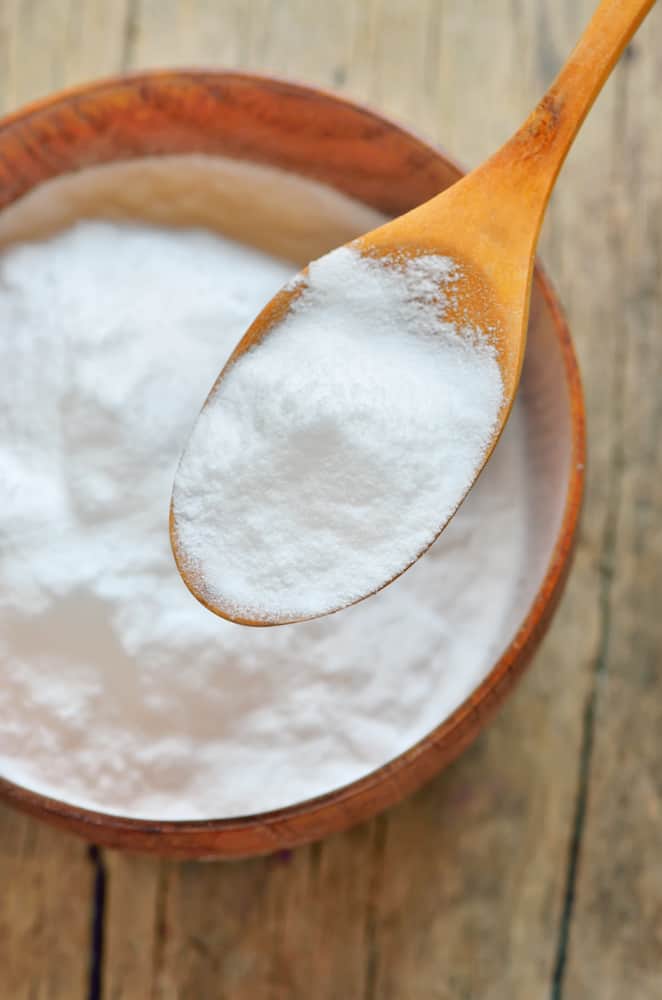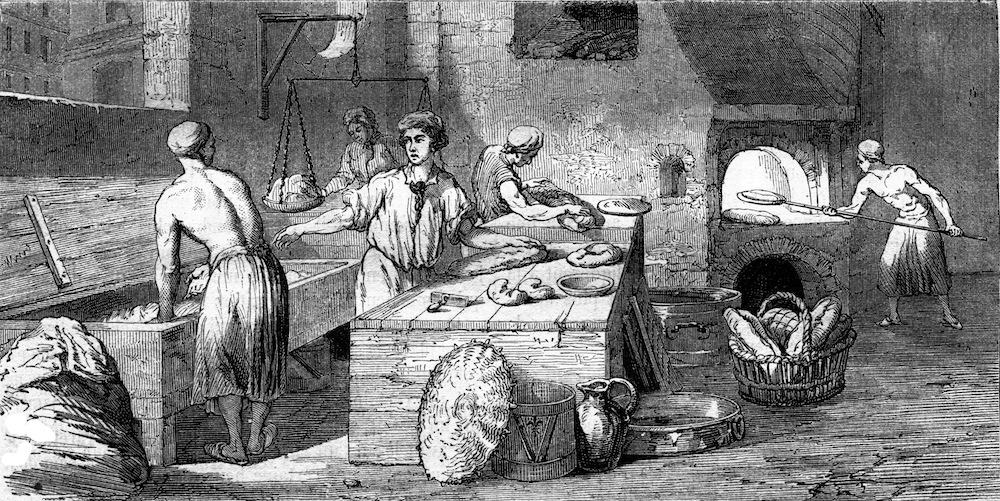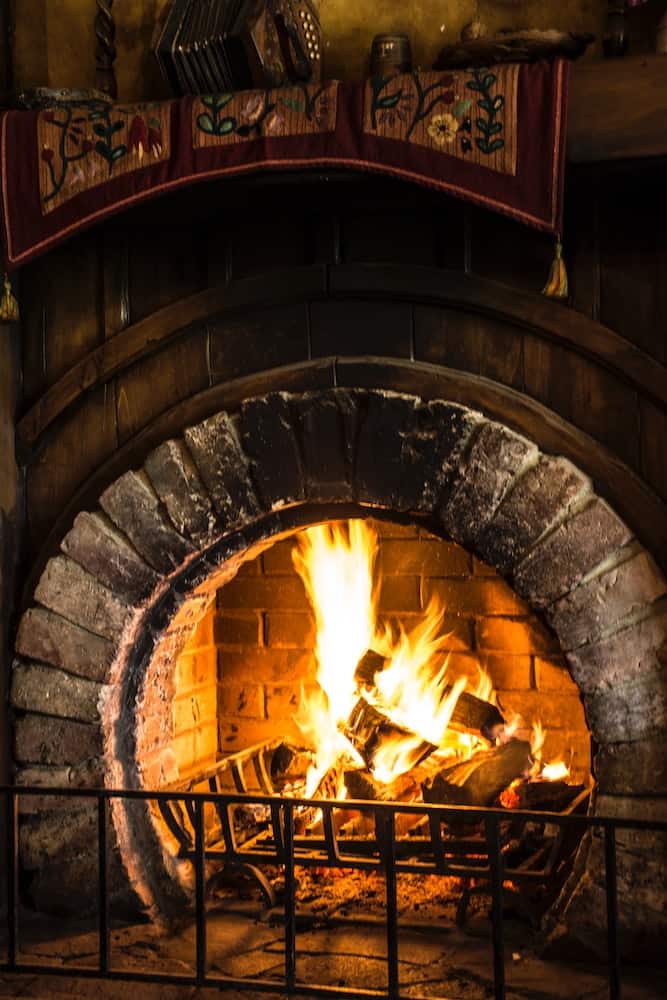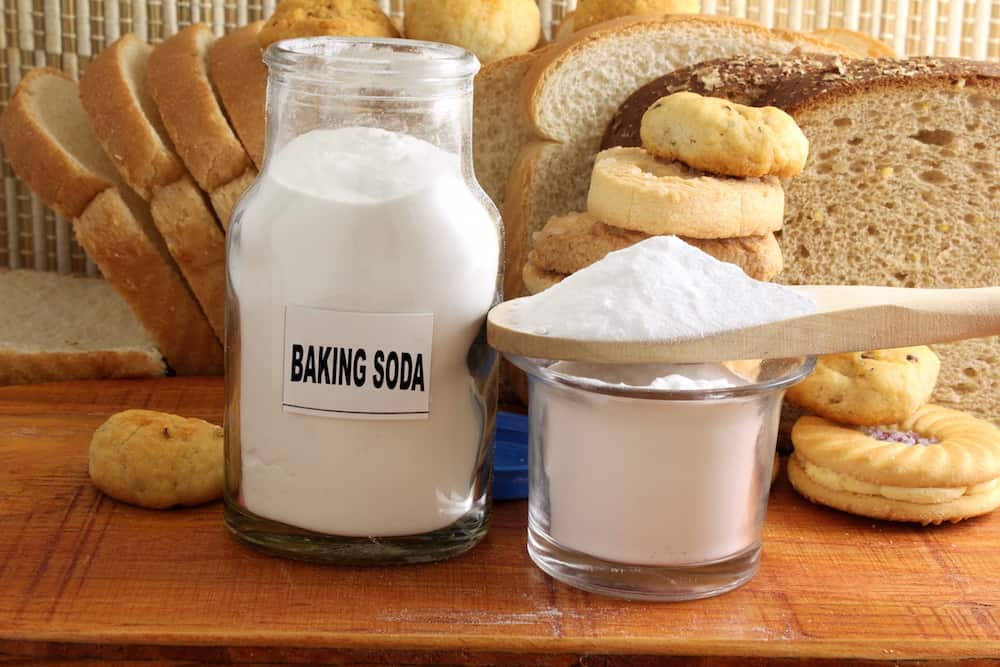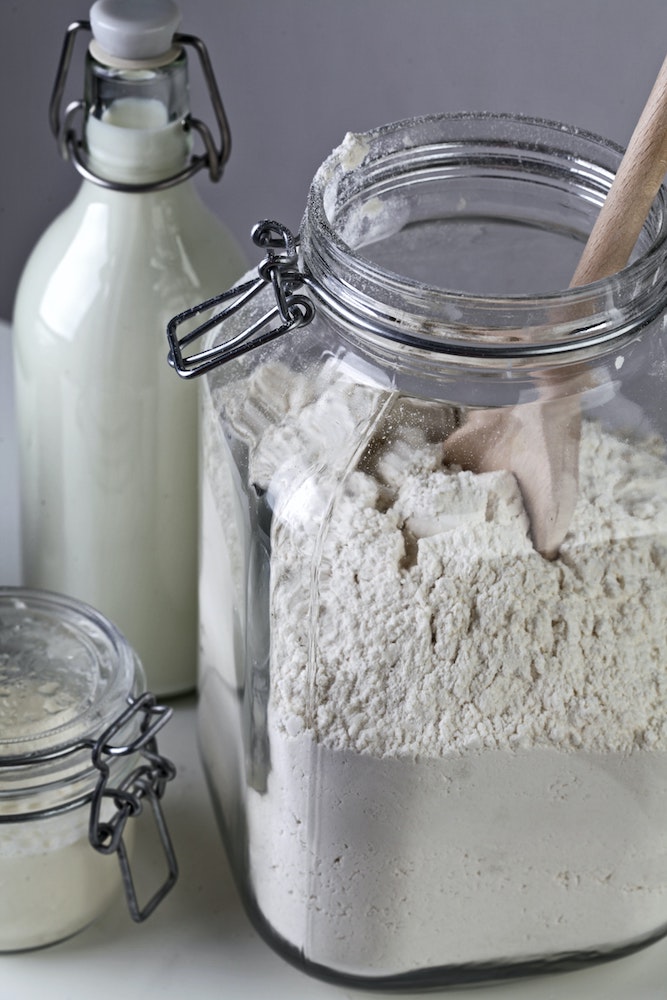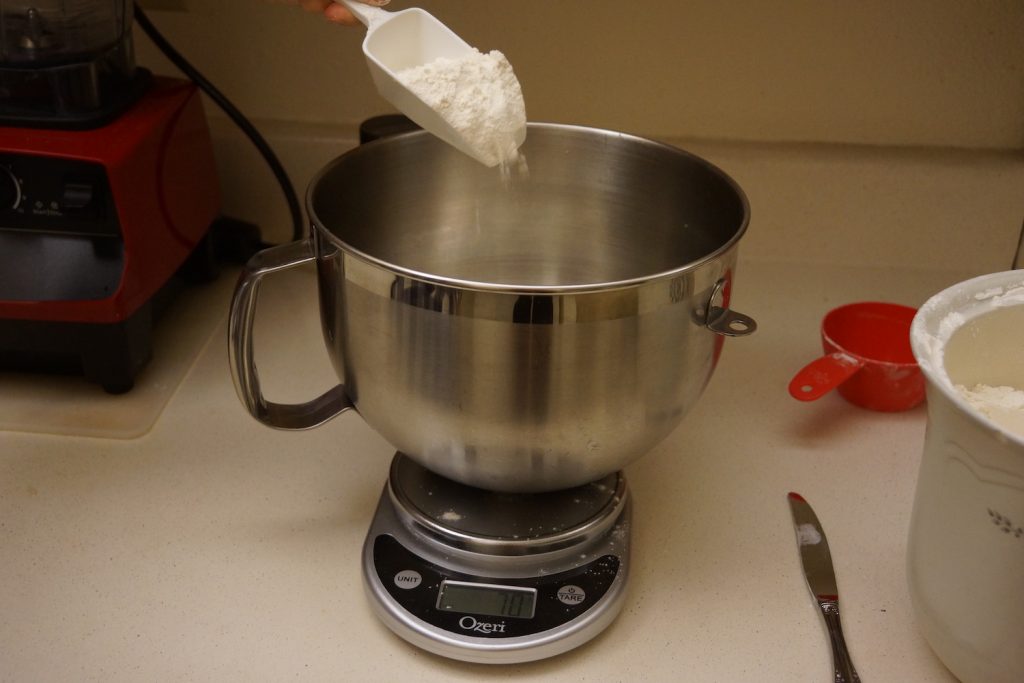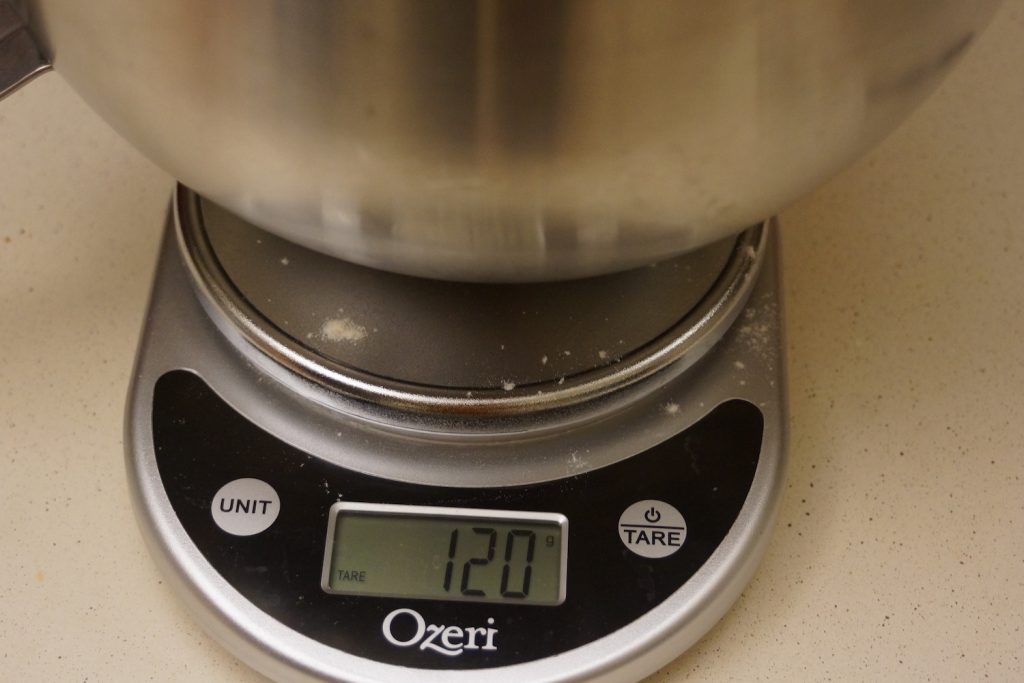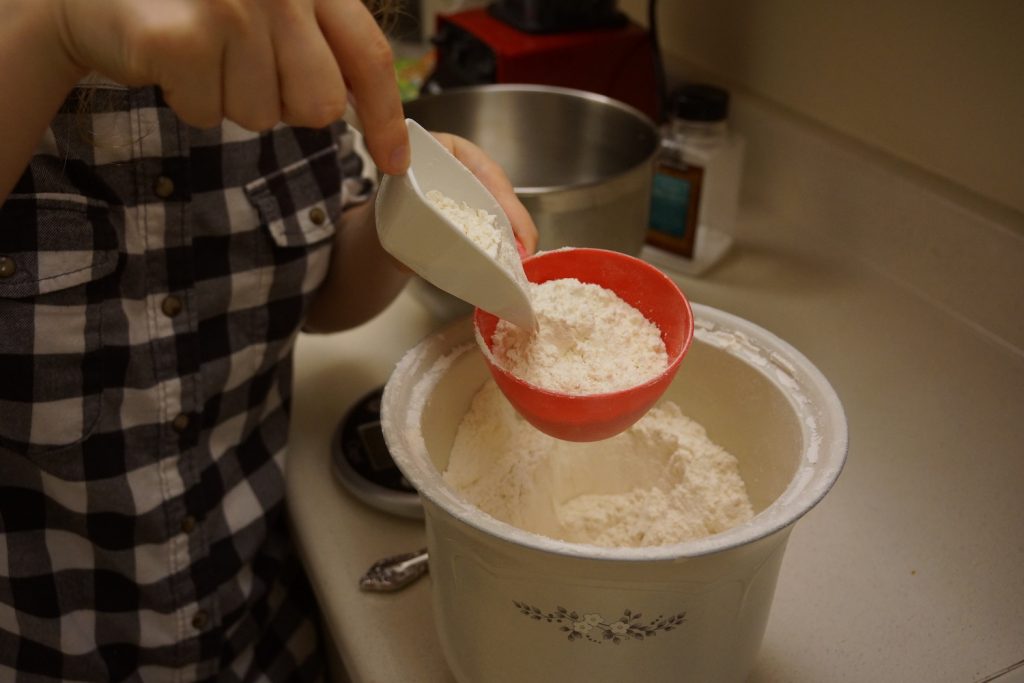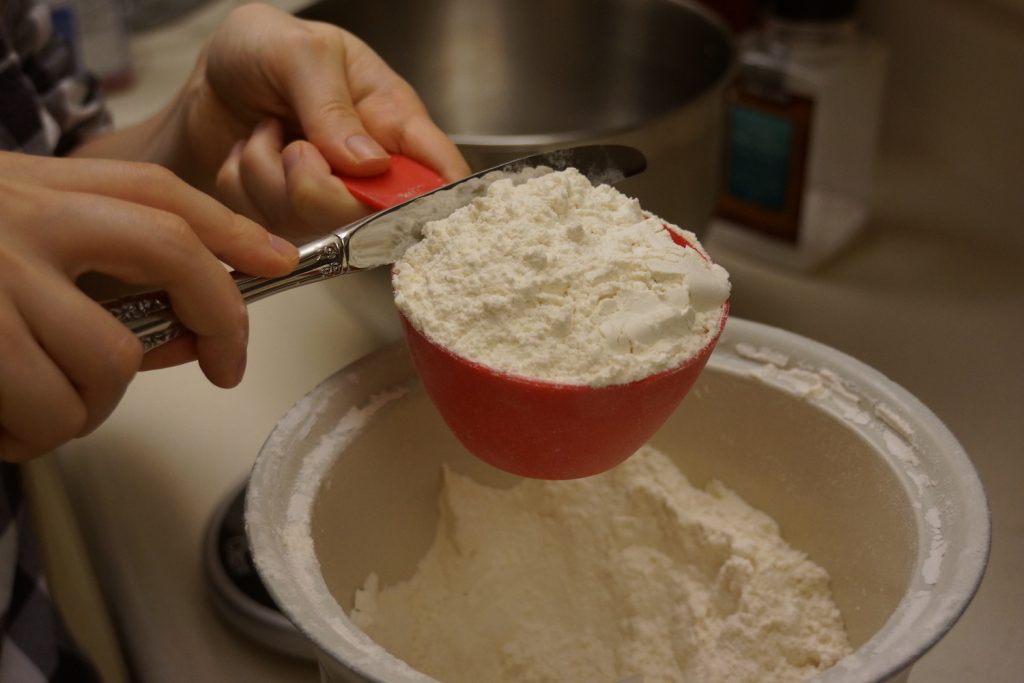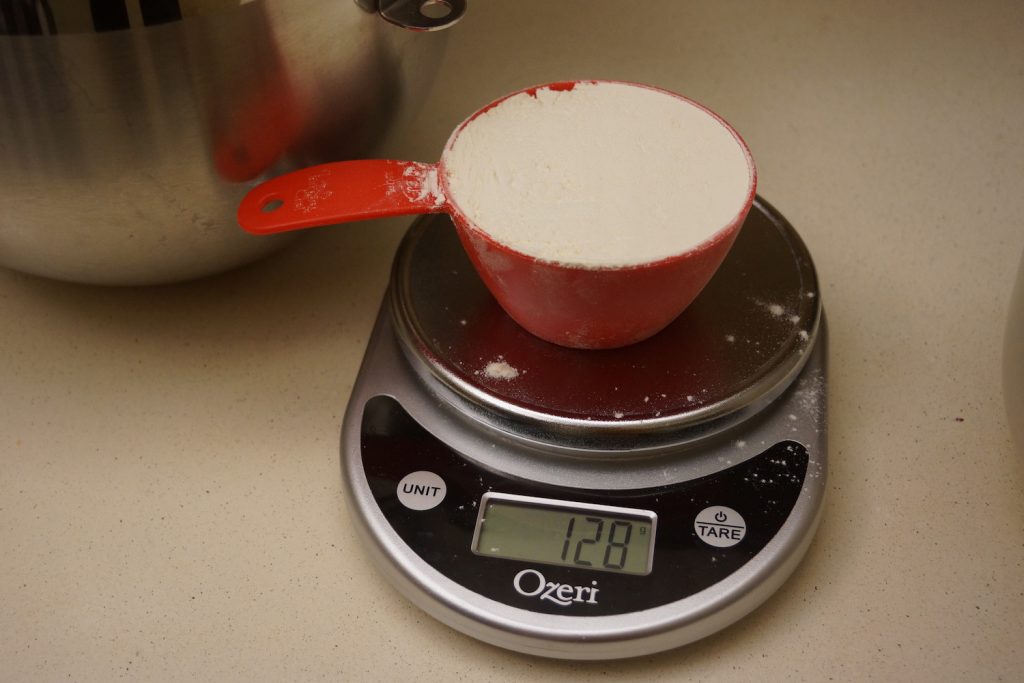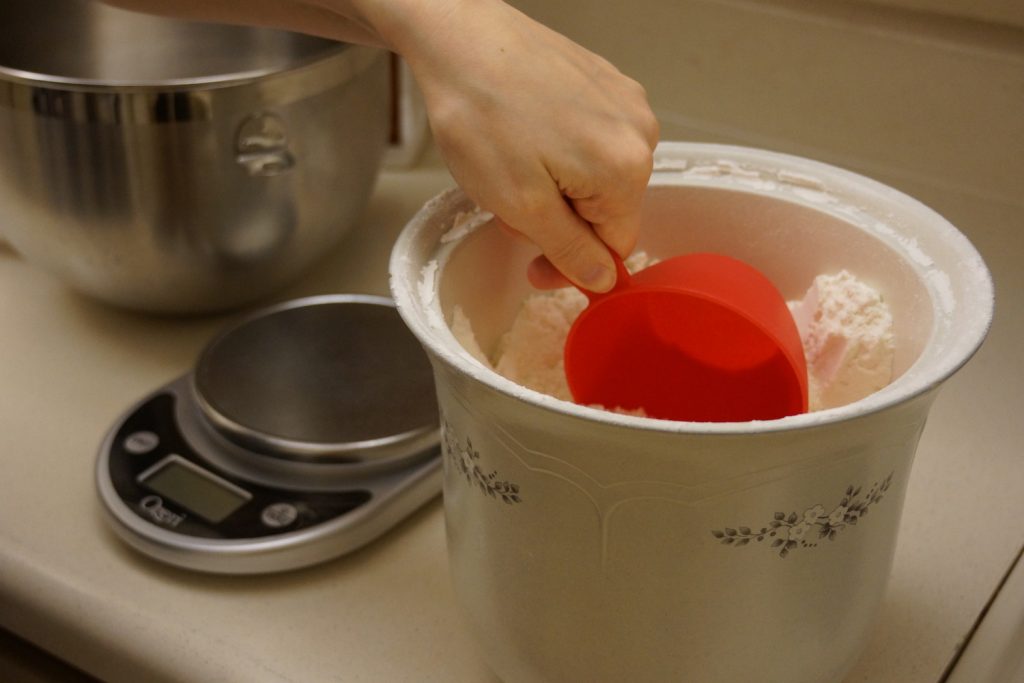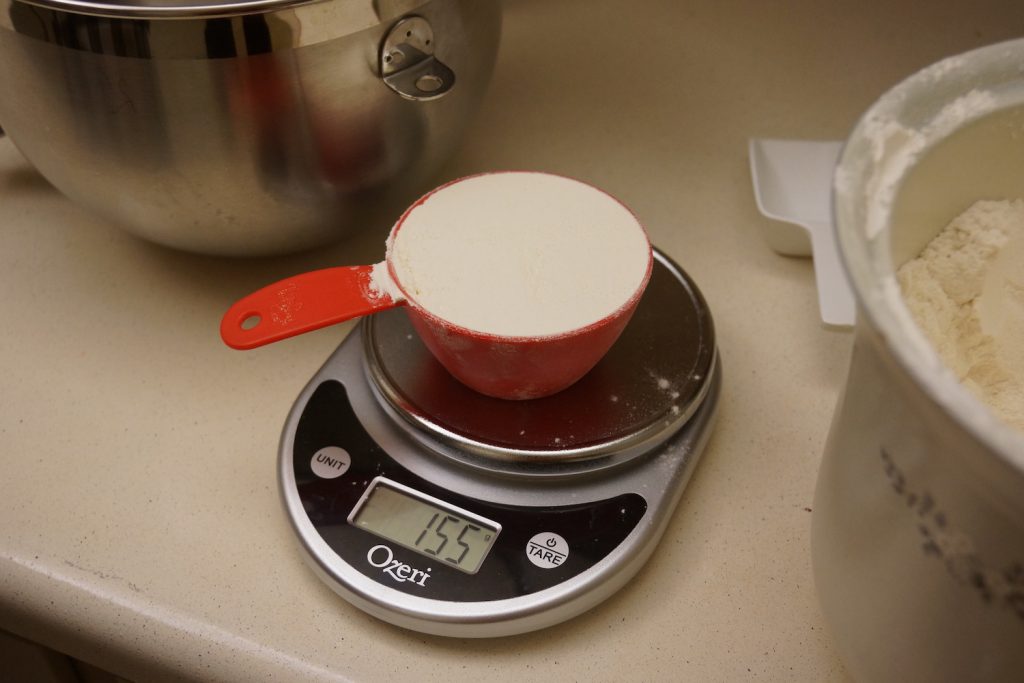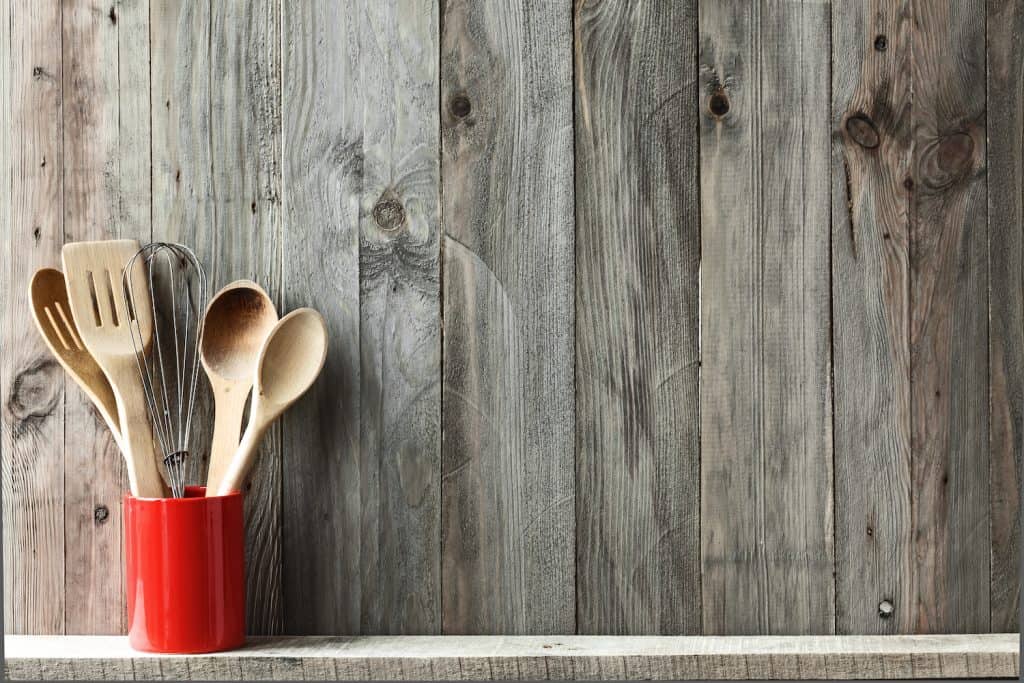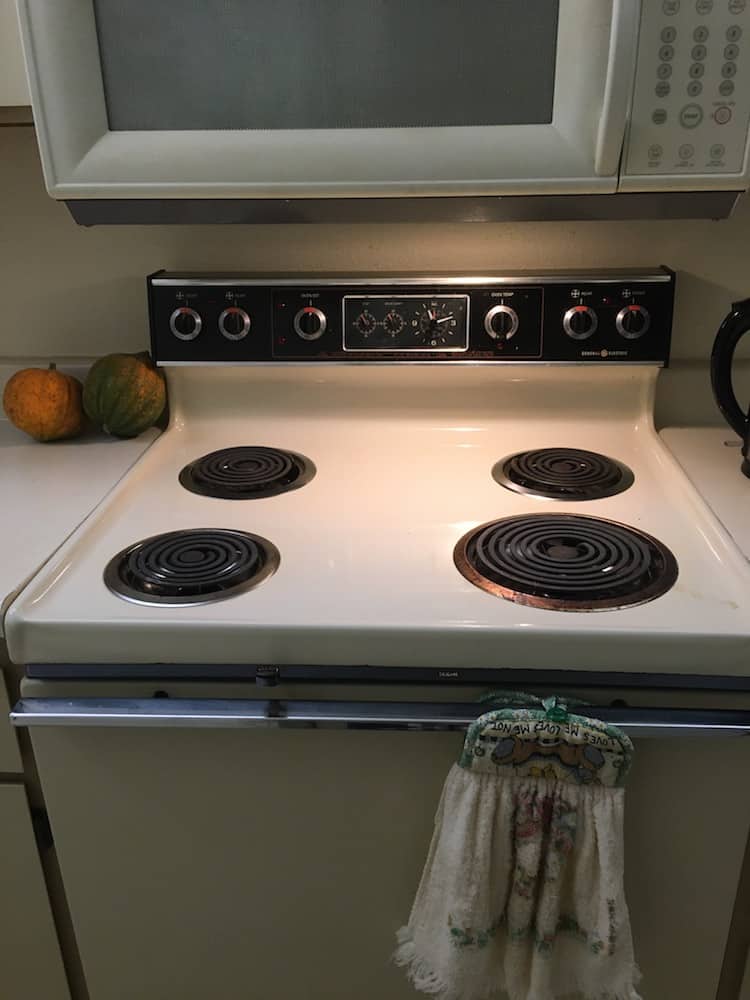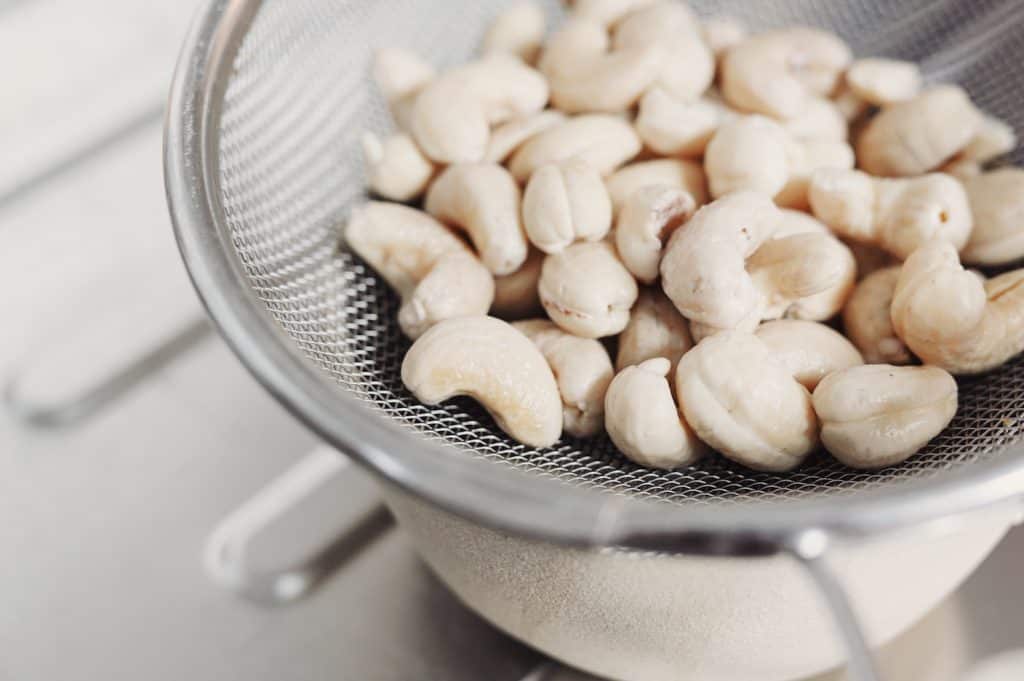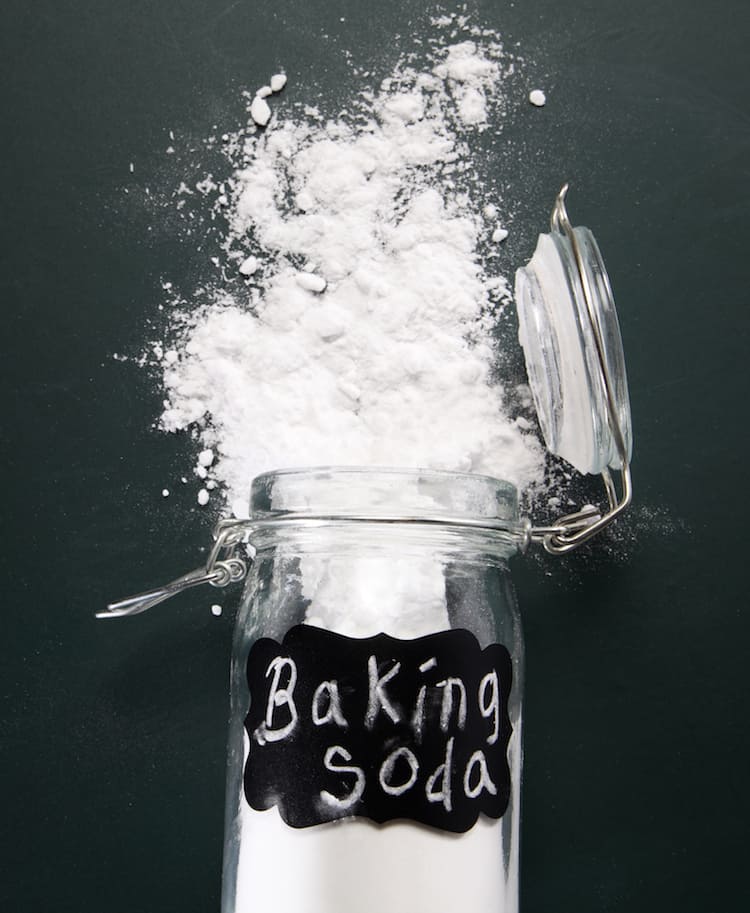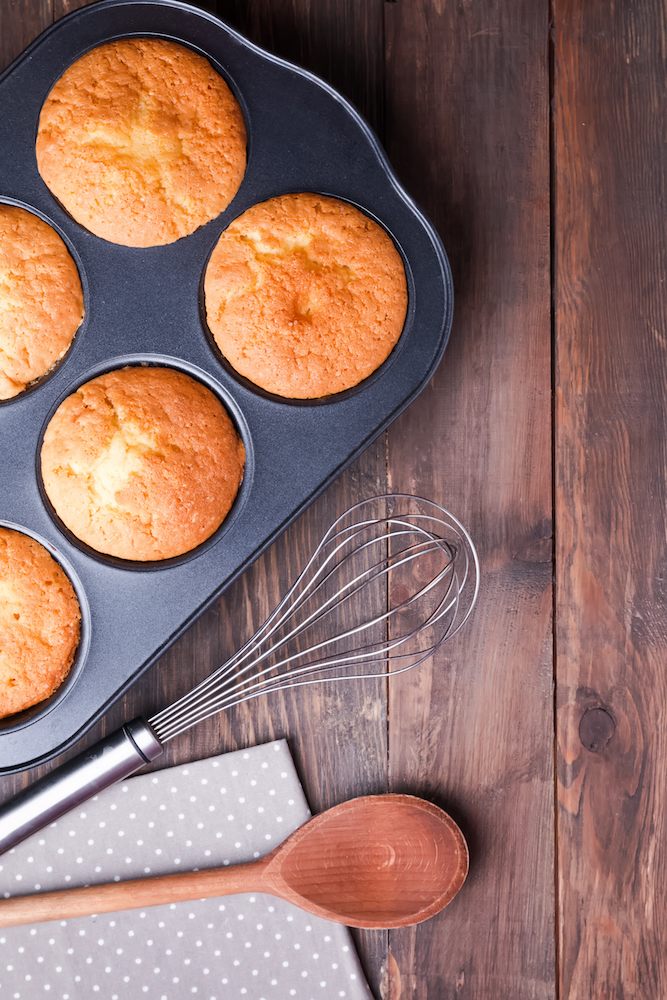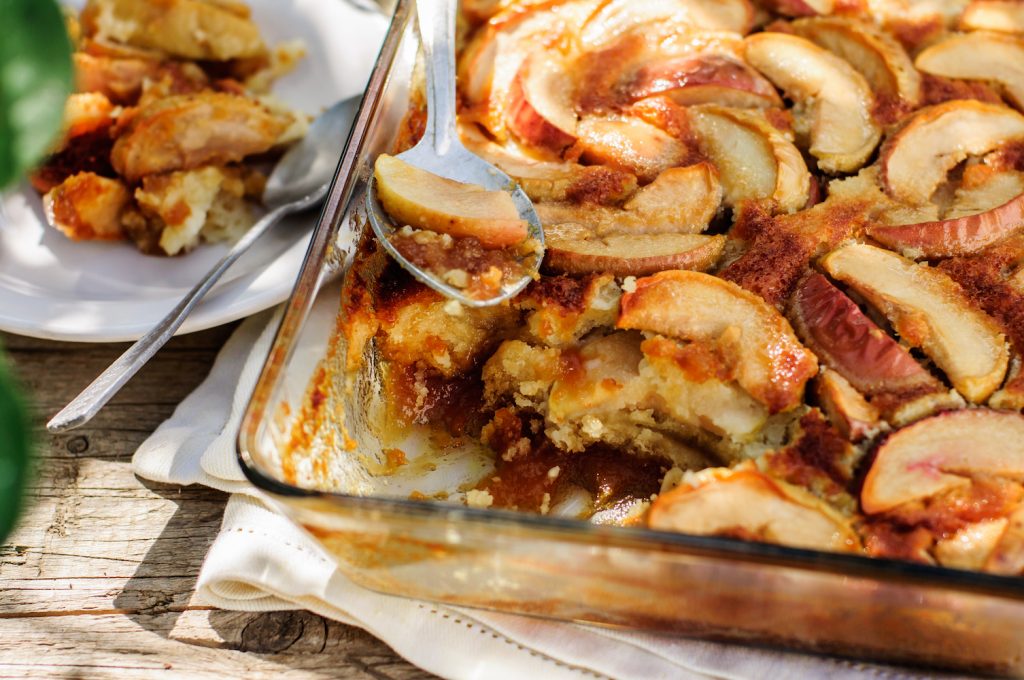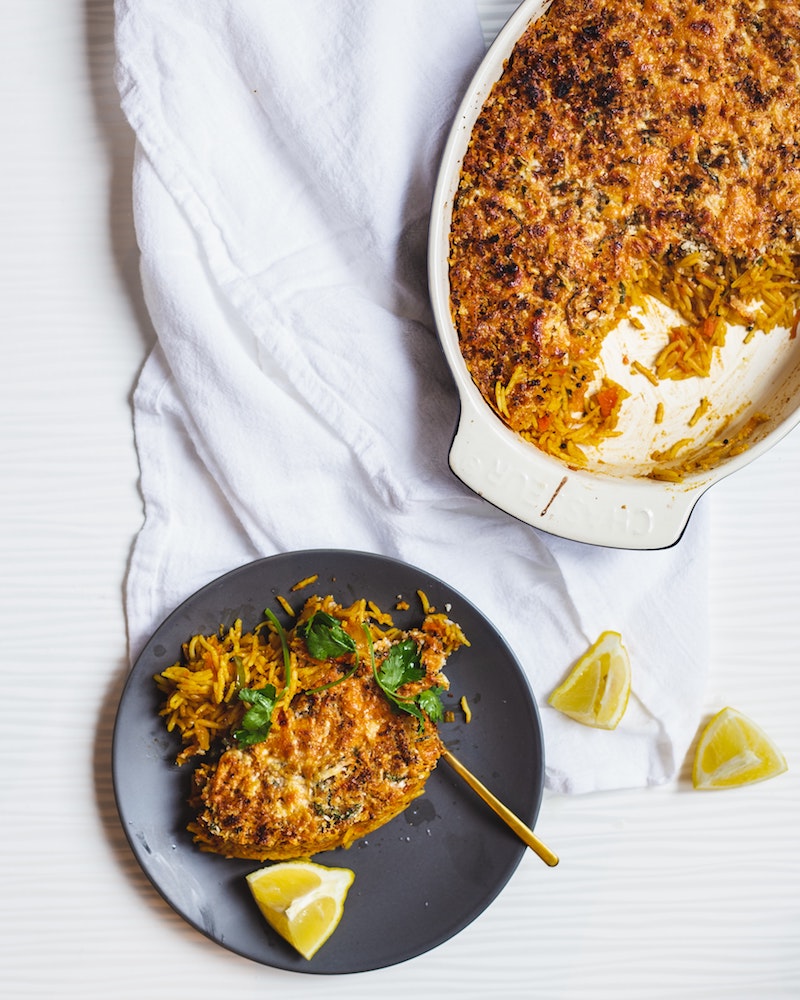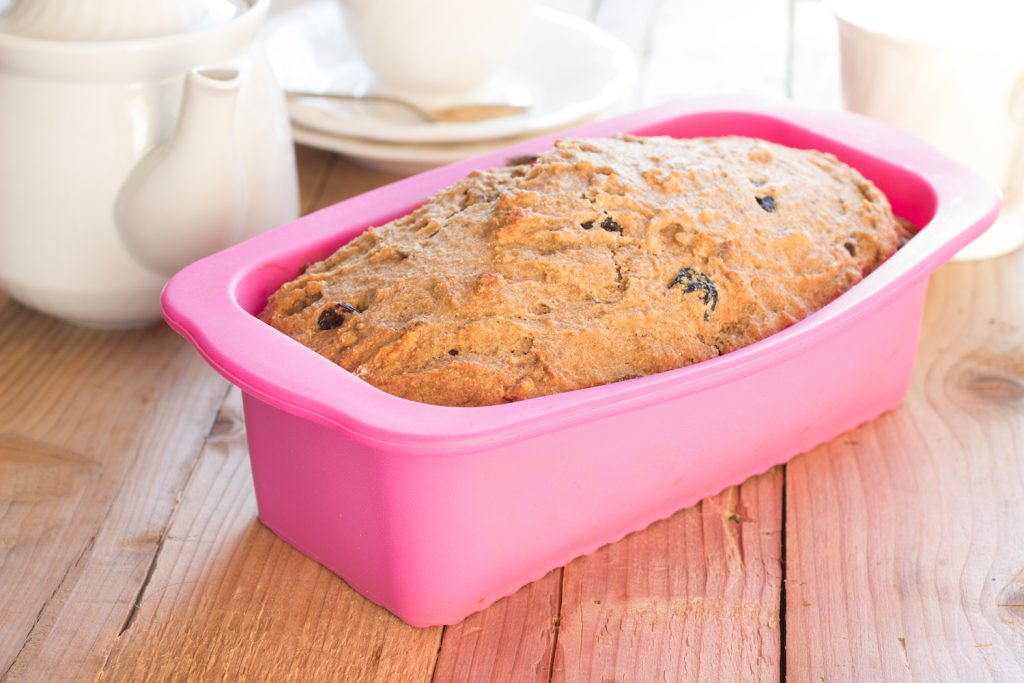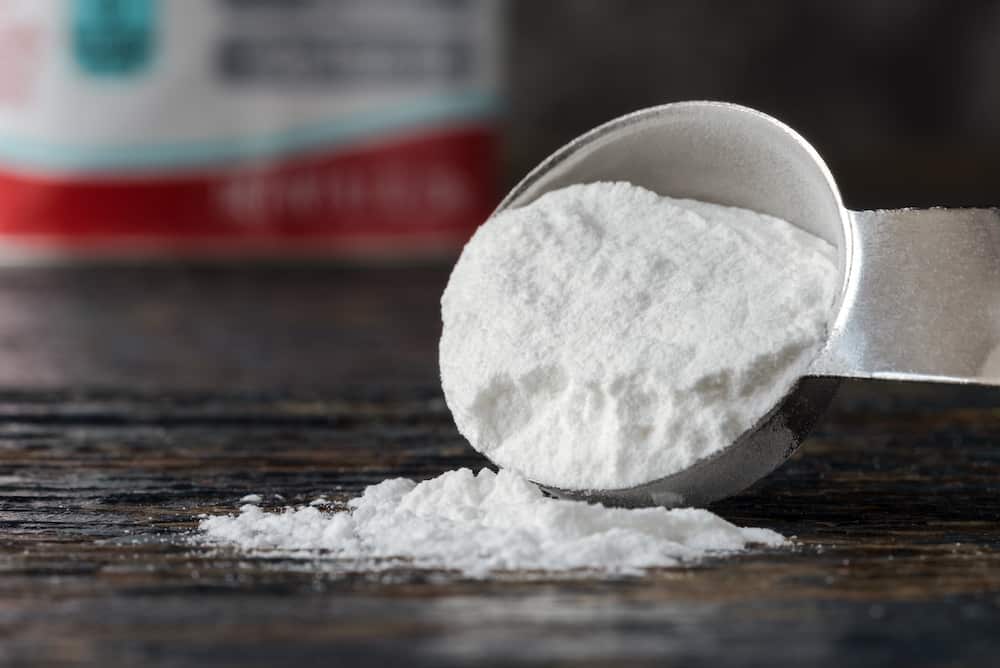
Baking powder.
It’s a plain, white powder that’s in pretty much everyone’s kitchen. It looks similar to baking soda… but is it? What exactly does it do when you add it to your baking?
Let’s find out!
Before Baking Powder
First, to understand why it’s a product we use today, let’s start by exploring why baking powder was invented in the first place.
I have already written up an in-depth history of life before baking soda and powder, so be sure to check out my article about baking soda! But here’s a brief summary to get you caught up.
Basically, bread needs a leavening agent to create air bubbles to help it rise and give it structure. Before leavening agents like baking soda and powder went on the market, bakers had to use homemade yeast (created from a flour-water starter) or brewer’s yeast (obtained from brewers or distillers). These worked, but bread took hours to rise and could impart a bitter taste into baked goods.
In the 1600s came the invention of pearlash. This was made from fireplace ashes. Housewives would soak and boil their ashes, resulting in a white alkaline salt-like powder that they could use for baking.
Pearlash was a decent solution; it was shelf-stable and much faster rising than yeast. But it wasn’t perfect by any means. On top of the fact that you had to literally boil your fireplace ashes, pearlash also gave baked goods a distinctive ashy taste (and no wonder!).
So bakers, housewives, and chemists alike began to experiment. They knew there must be a better solution out there that tasted good and didn’t take forever to rise.
And then in the mid-1800s, a chemist finally figured out how to make sodium bicarbonate, or baking soda.
Baking Soda and Cream of Tartar
Baking soda revolutionized people’s kitchens. They could now bake breads, cakes, and other treats in a fraction of the time (and with none of the aftertaste that yeast and pearlash imparted!).
At around the same time, a product called cream of tartar also came to market.
Also known as potassium bitartrate, cream of tartar is a byproduct of winemaking. Basically, as the grape juice ferments, potassium bitartrate precipitates out and crystalizes in the wine casks. You may have found crystallization yourself on grape products, from wine corks, empty wine bottles, chilled grape juice, to homemade grape jam.
These crystals are then collected off of the wine casks and treated to create the cream of tartar, which you can buy in the supermarket.
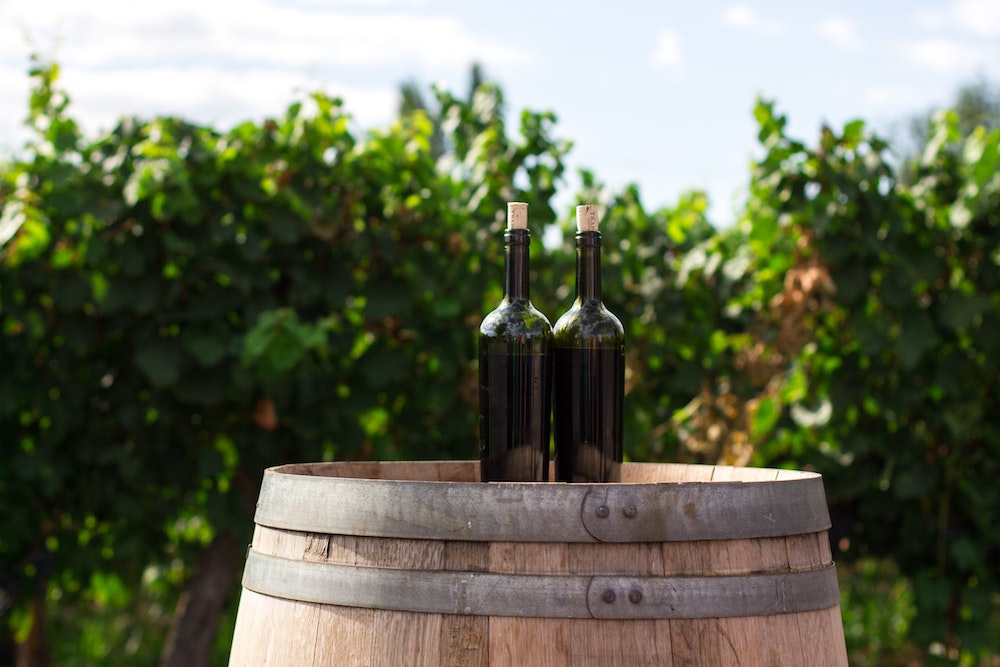
So what is the purpose of cream of tartar? How is it related to baking soda or powder?
Well, baking soda isn’t a complete leavening agent all on its own. You can’t add it to a dough or batter by itself and have your bake rise. Baking soda only activates in the presence of an acid.
And cream of tartar is an acid – a non-liquid, shelf-stable acid.
So rather than having to add lemon juice or vinegar into their baked goods, bakers and housewives could now use a combination of these two powders to get their baked goods to rise, with no extra liquid or flavors.
And that was pretty damn revolutionary.
Unfortunately, it was also a bit inconvenient. You had to purchase both of these products separately from the local chemist, and you had to keep them apart in your kitchen to prevent them from reacting before you baked with them. There was no shelf-stable, all-in-one product…
Until baking powder arrived on the scene.
Baking Powder
In 1843, English chemist Alfred Bird set out to make a new sort of leavening agent. His wife Elizabeth was allergic to both yeast and eggs, and he wanted to find a way so that she could eat bread. (What a good partner.)
The challenge, of course, was to figure out a way to combine baking soda and cream of tartar without them reacting. He ended up mixing them with starch as a buffer, which meant that the product would only react when it got wet.
Bird’s Baking Powder was mostly promoted to armies and explorers, rather than the public market. Bird also didn’t patent his product, and was beaten to the punch a few years later by another chemist. But this product made life a lot easier for bakers, and new cakes and quick breads started being invented.
Bird’s Baking Powder was single-acting. That means that it starts reacting as soon as it gets introduced to liquid. While it’s effective, it also means you need to get your baked goods in the oven straight away, or they might not rise properly.
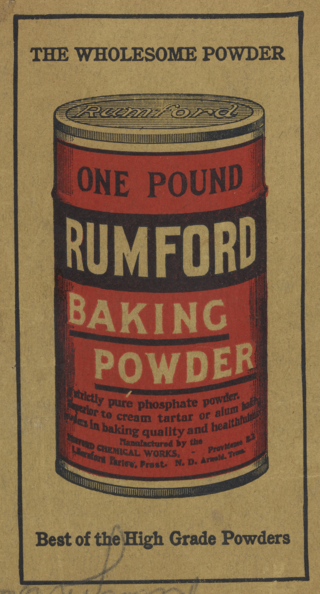
It wasn’t until 1869 when the first double-acting baking powder came to market. Double-acting baking powder reacts twice during the baking process: first when it combines with moisture, and second when heat gets involved. This means that it leavens twice throughout the baking process, giving you more consistent texture and allowing you more leeway on timing.
The first double-acting baking powder was Rumford Baking Powder. Fun fact for you: they originally marketed it with the name Horsford’s Yeast Powder. So in another universe where that name caught on, I’d be writing a post entitled “Ingredients 101: Yeast Powder.” Mmmmm!
However, it wasn’t until 1890 that baking powder really started to be marketed towards housewives and the general public. Life was about to get a lot easier in the kitchen.
Aluminum and Baking Powder
In the US, however, there was an issue. Wine – and by extension, cream of tartar – came from France. It was expensive to import, complicating the production of US baking powder.
So in the 1880s, companies started producing baking powders containing alums (or aluminum-containing acid compounds). These were a lot less expensive to produce, plus they were double-acting. Bakers also needed less of the alum-based baking powders than the cream of tartar-based ones.
So not only did baking powder become cheaper, it became more effective. The companies producing cream of tartar-based products freaked out at their threatening new competition.
William Ziegler, the head of one of the cream of tartar companies, started running negative advertising and using bribery to convince customers that aluminum was toxic to consumers. He even went to legislators to try and fight it legally. (Ironically, during this time, his company actually changed one of their secondary brands to an aluminum formula. Gotta make that money while you’re fighting the battle, even if it goes against your public beliefs!)
Ziegler ended up losing the legal fight, and by 1970, his company stopped making cream of tartar-based baking powders. In fact, most baking powders today contain alums.
But this concept that aluminum in baking powder is toxic is still around to this day. So is it true?
Turns out, there is little scientific support that it’s dangerous. Aluminum is an element that naturally exists in small amounts in a lot of foods, so having it in your baking powder is no different.
If you’re really worried though, there are aluminum-free brands on the market today! Some people have noted that aluminum baking powder can make certain baked goods taste metallic. I’ve personally never noticed this, but if it bothers you, you may want to consider an aluminum-free brand.
Conclusion
It might have taken decades of research to get there, but today, baking powder is common enough that you can find it in pretty much anyone’s kitchen. If you enjoy eating delicious baked goods as much as I do, you’ve got baking powder to thank for it.
